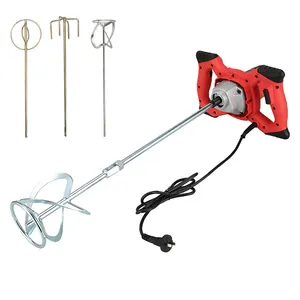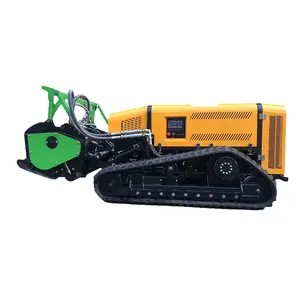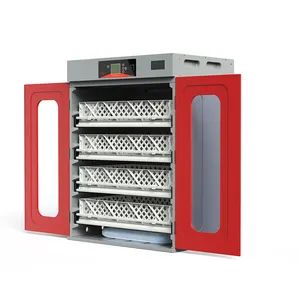Popular in your industry


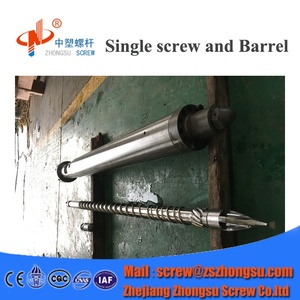






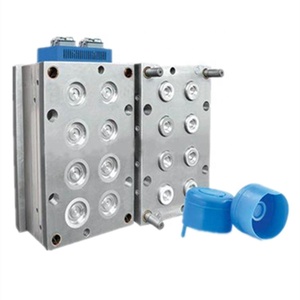


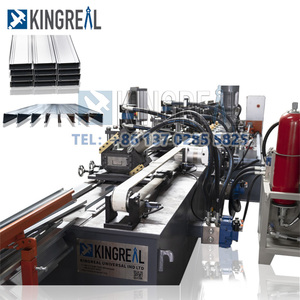





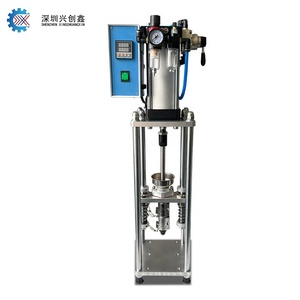




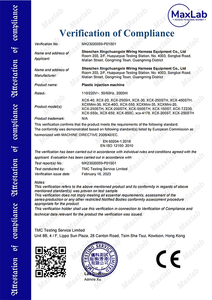

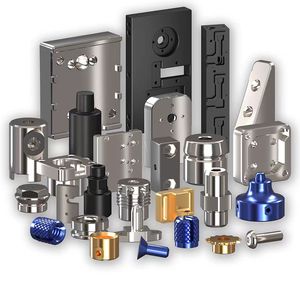









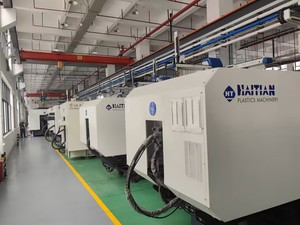
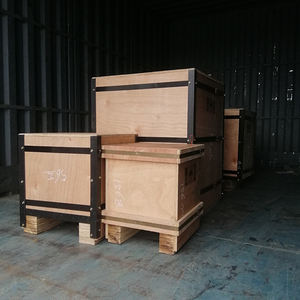


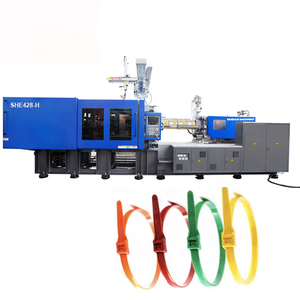

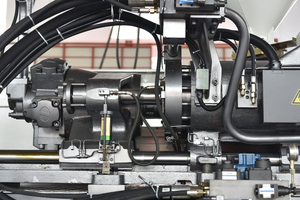
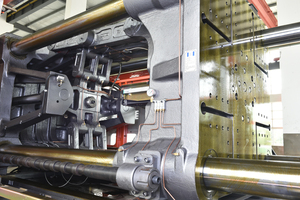
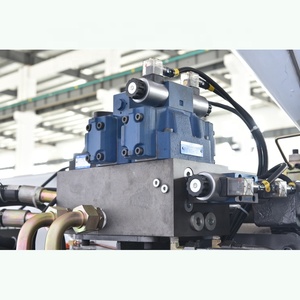





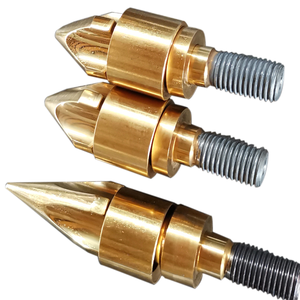


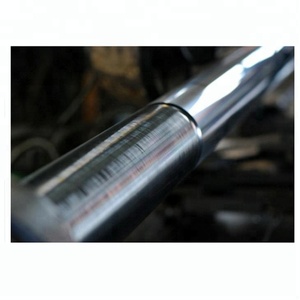


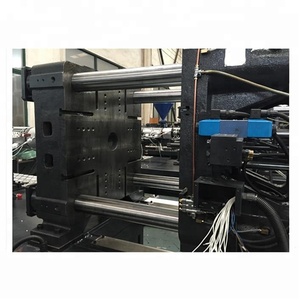





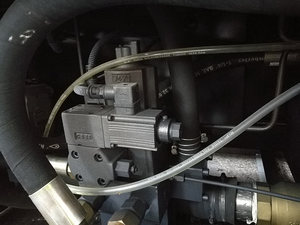
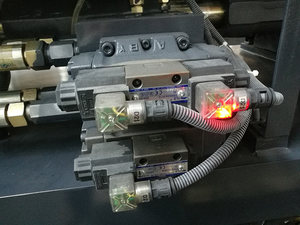







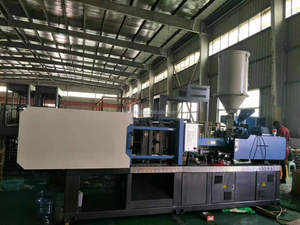
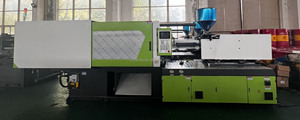

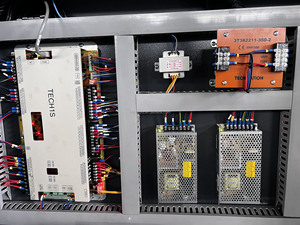
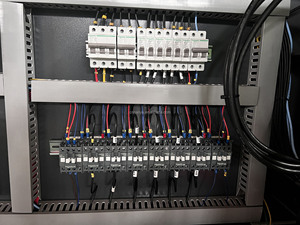
Related Searches:






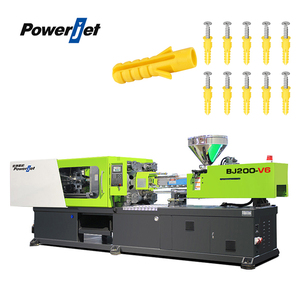













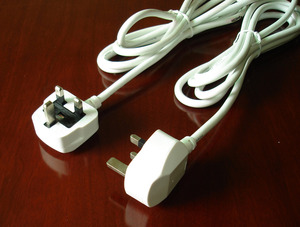




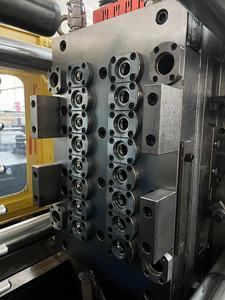


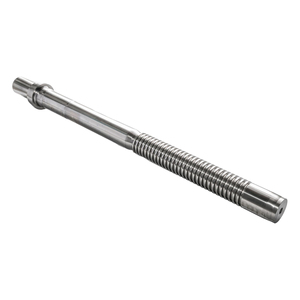





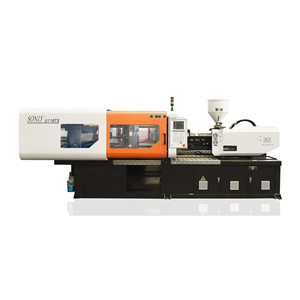



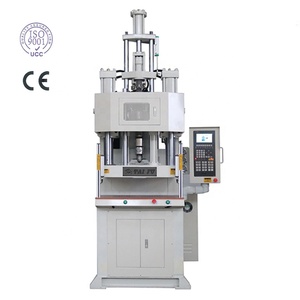








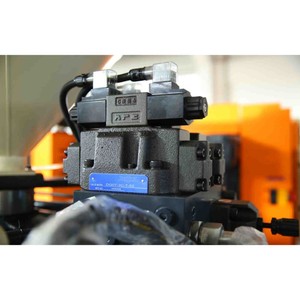



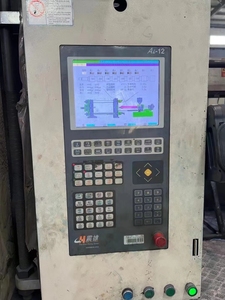
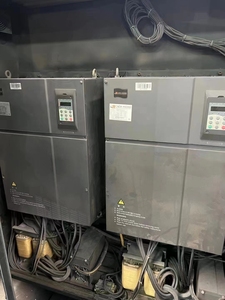
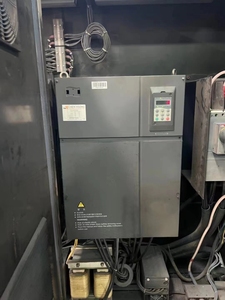

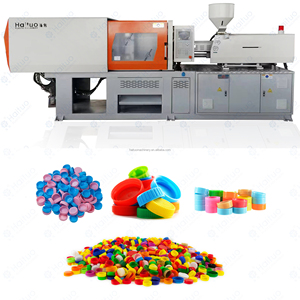





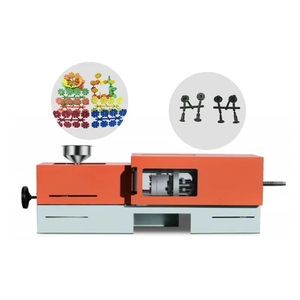
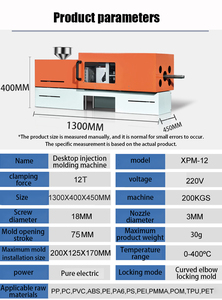




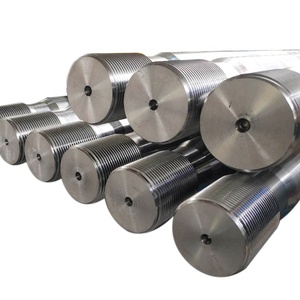
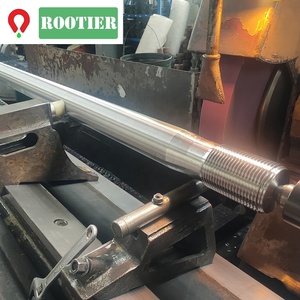
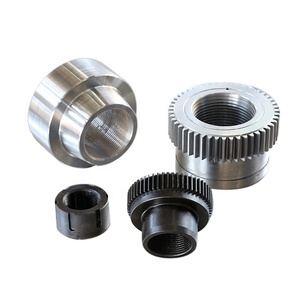

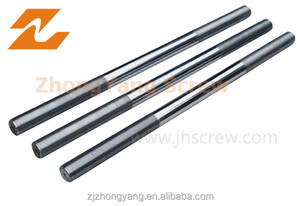







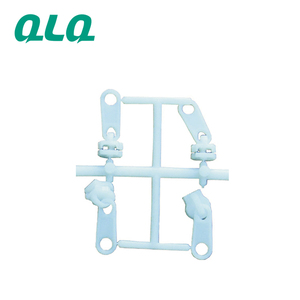
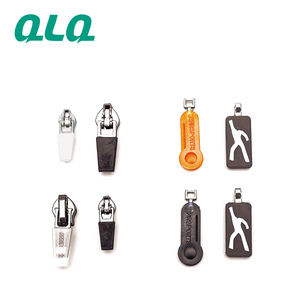














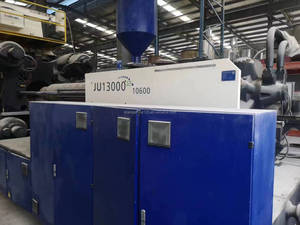
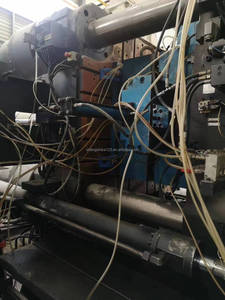


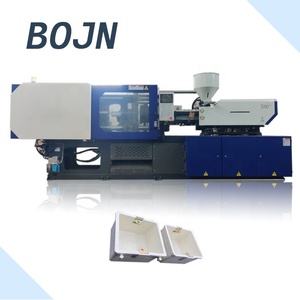


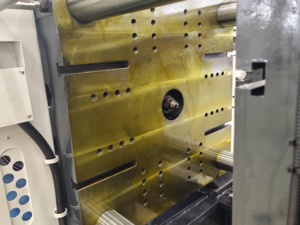





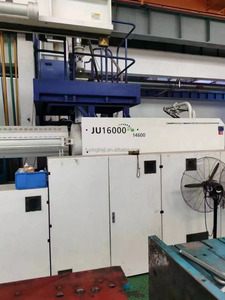


Top categories
About tie bars for injection molding machine
Tie bars for injection molding machines are crucial components in the operation of these machines. They are found in the clamping unit of the machine and serve the purpose of keeping the two halves of the mold closed during the injection and cooling processes. This is achieved by applying the necessary force to counteract the pressure exerted by the molten material inside the mold. Tie bars are typically made of high-strength steel and are designed to withstand the considerable forces and stresses encountered during the injection molding process. They are available in various sizes and configurations to suit different machine types and molding applications.
Essential features of tie bars for injection molding machines
Commonly, tie bars consist of a pair of steel rods that are threaded at both ends. They are installed in the machine with the help of nuts and are connected to the moving and stationary platens. The tie bars are responsible for maintaining the alignment of the two platens and ensuring that the mold remains closed during the injection process. This is crucial for producing parts with consistent dimensions and minimizing defects. The high-strength steel used in tie bars is chosen for its ability to withstand the clamping forces and the repeated stress cycles of the injection molding process. The material's durability is essential for the tie bars to maintain their integrity over the long term, ensuring the safety and efficiency of the injection molding machine.
Advantages of using tie bars for injection molding machines
Firstly, the tie bars for injection molding machines help in maintaining the alignment and parallelism of the platens, which is crucial for the overall structural integrity of the machine. Secondly, tie bars allow for the controlled and precise application of clamping force, which is essential for achieving consistent part quality and avoiding issues such as flash or warpage. Moreover, tie bars contribute to the overall safety of the injection molding process by securely holding the mold closed during the high-pressure injection and cooling stages. In addition, the adaptability of tie bars to different sizes and configurations makes them versatile components that can be tailored to the specific requirements of different molding applications. Lastly, the robust construction of tie bars, typically made of high-strength steel, ensures their longevity and reliability in withstanding the demanding conditions of the injection molding environment.
Choosing the right tie bars for an injection molding machine
Several factors must be considered when choosing tie bars for an injection molding machine. It is essential to select tie bars that align with the machine's specifications, including the required clamping force and platen size. Each machine has a specific tie bar diameter and length that must be adhered to for optimal performance. Additionally, the material of the tie bars should be carefully evaluated to ensure they can withstand the pressures and forces encountered during the injection molding process. The tie bars' surface finish is also crucial, as it can impact the ease of maintenance and the prevention of corrosion. Finally, considering the machine's intended application and the types of materials to be molded can help in determining the appropriate tie bar configuration for seamless and efficient operation.

